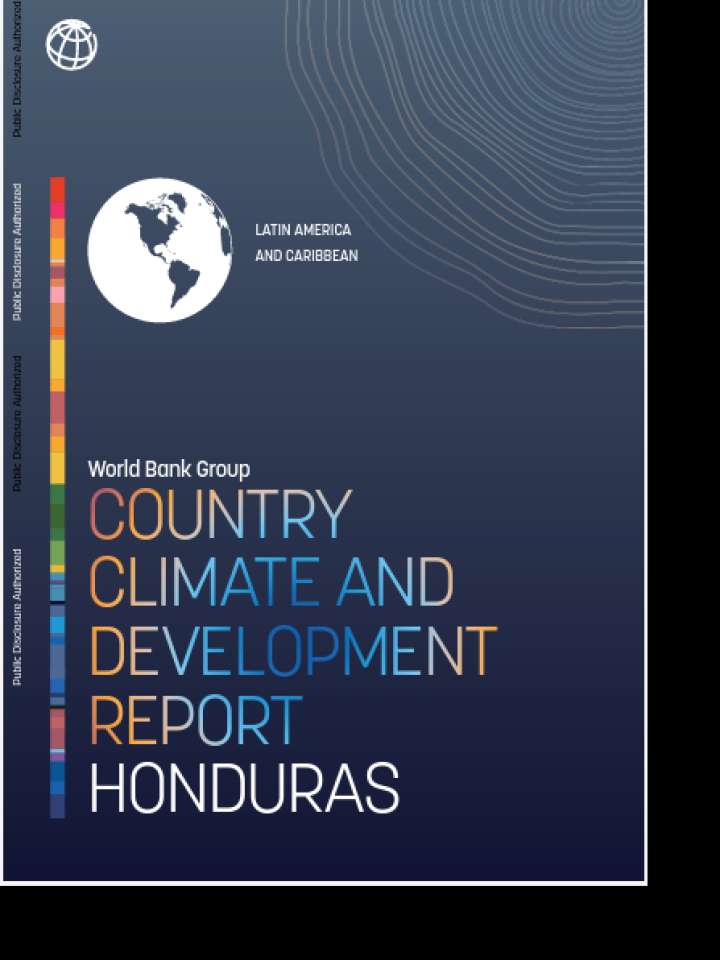Country climate and development report Honduras
This report provides policy recommendations on how to safeguard the country´s natural capital and foster sustainable economic growth while protecting the poorest and most vulnerable populations —such as indigenous peoples, afro-descendants and women—disproportionately affected by the impacts of climate change.
The report includes a set of development and policy recommendations to improve adaptation to climate change and avoid high economic, environmental, and social costs:
- Enhancing capacity and building a robust institutional framework to implement and monitor climate action.
- Enacting a proactive macro-fiscal policy that prioritizes disaster risk management and adaptation investment to quickly finance additional expenditures for reconstruction, relief, and transfers to vulnerable populations affected by natural hazards.
- Protecting the poorest and most vulnerable. A poverty alleviation and social inclusion strategy that strengthens resilience through land tenure security, diversification of income opportunities for urban and marginalized populations, locally led investments in lagging areas, and progressive policies targeting vulnerable households.
- Improving the productivity and resilience of the agriculture sector by implementing climate-smart agriculture technology, providing subsidies to support farmers and specific businesses, investing in research, skills, and information systems, enhancing water management and efficiency, and strengthening actions to restore, sustainably manage, and protect forest ecosystems.
- Promoting low-carbon and climate-resilient transport systems. Increasing the resilience of rural roads and incorporating nature-based solutions to protect road infrastructure can help improve access to agriculture products markets and human capital.
- Sustainability of the electricity sector. Improving the sector’s sustainability will incentivize more investment in renewable sources, such as dam-based hydropower, with the potential to support water storage, irrigation, and protection against flooding. Energy efficiency measures will be key to reducing emissions.
Explore further
